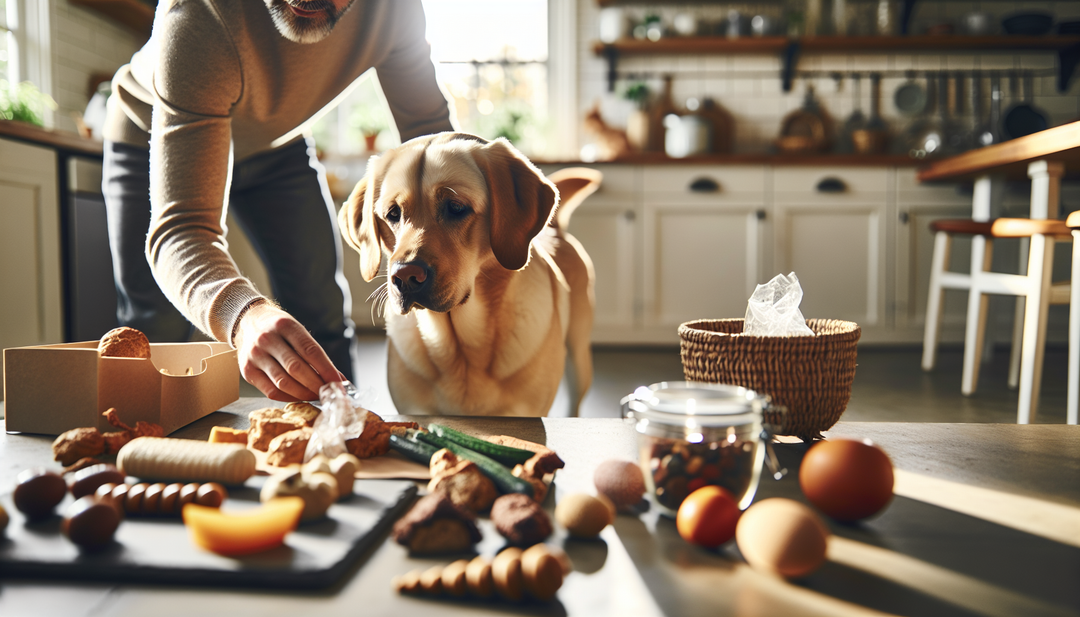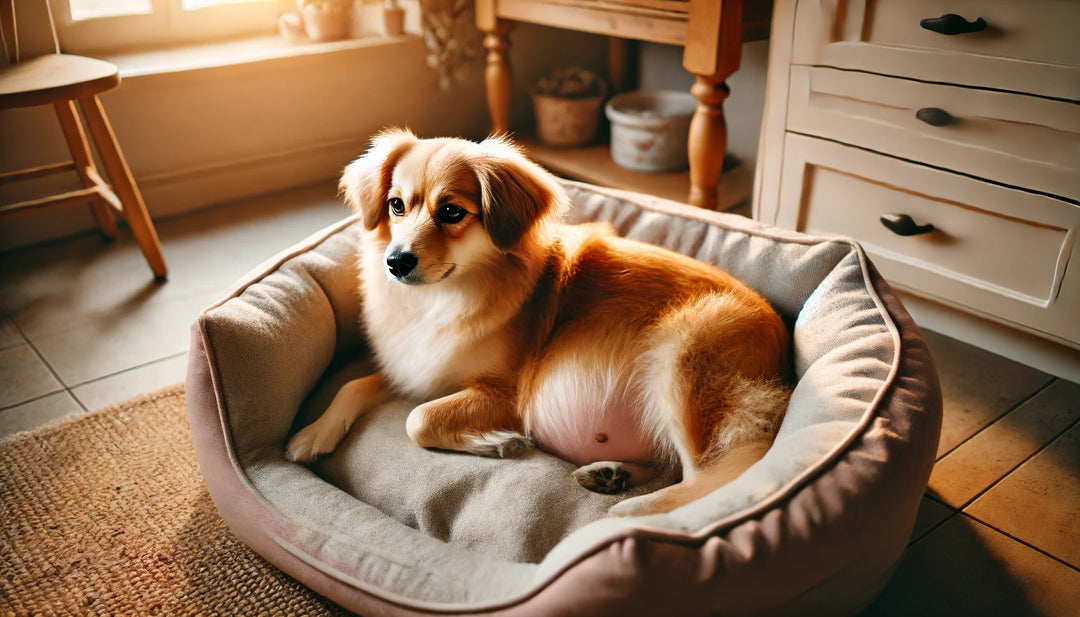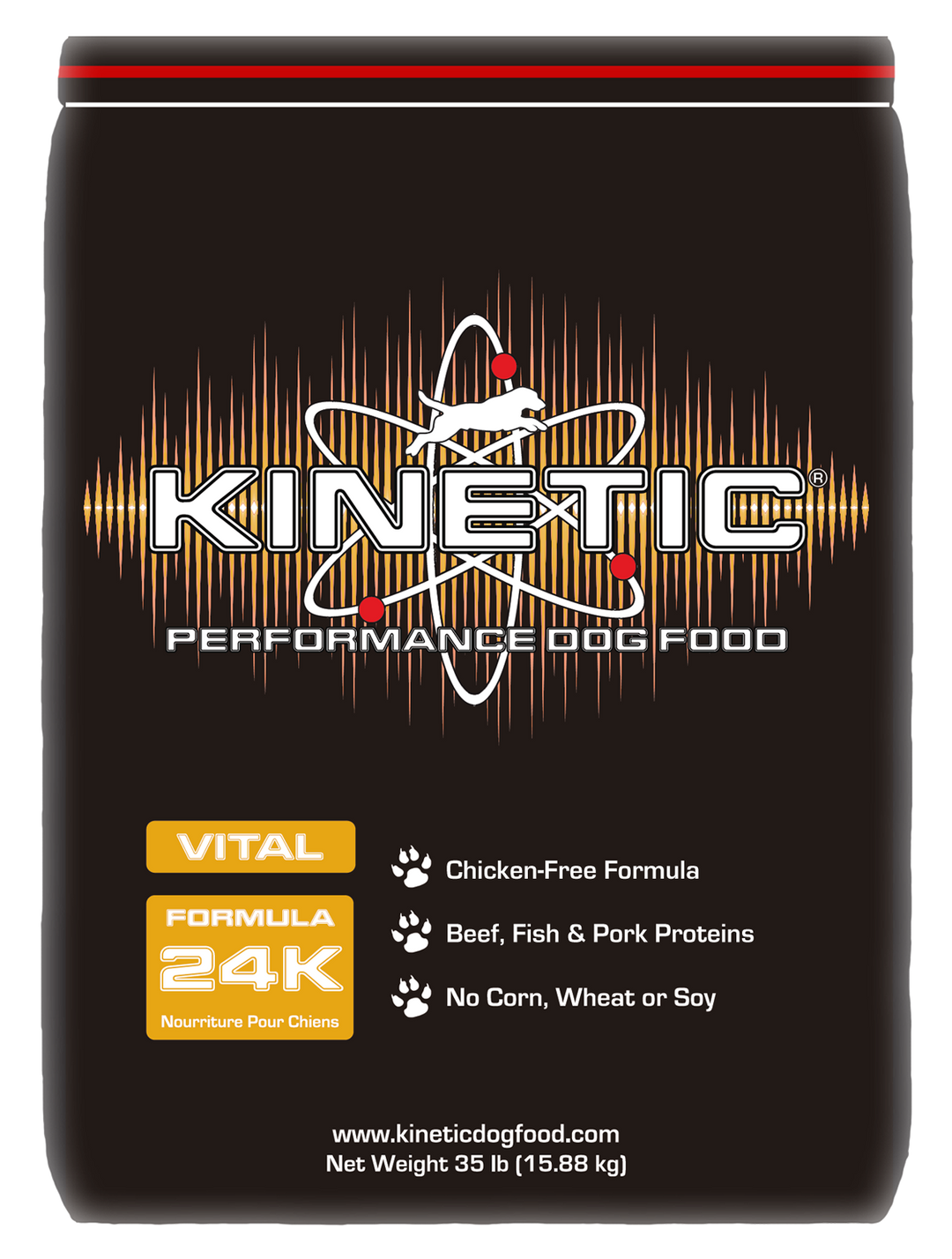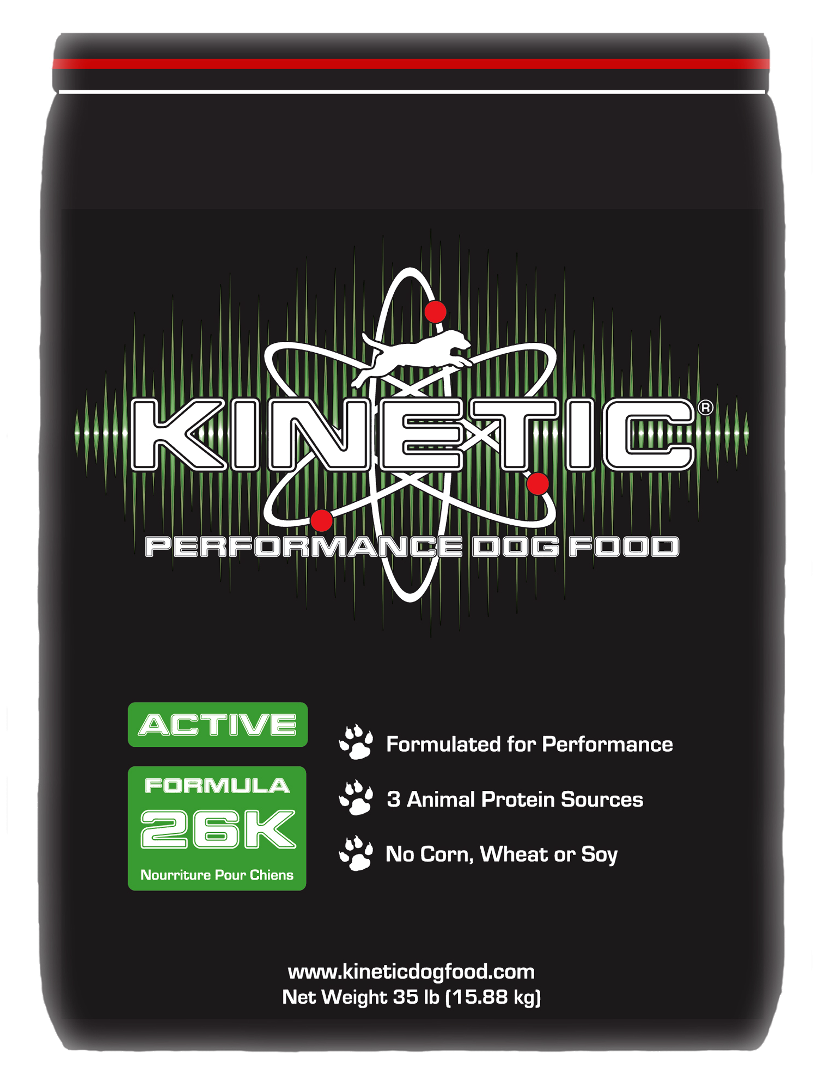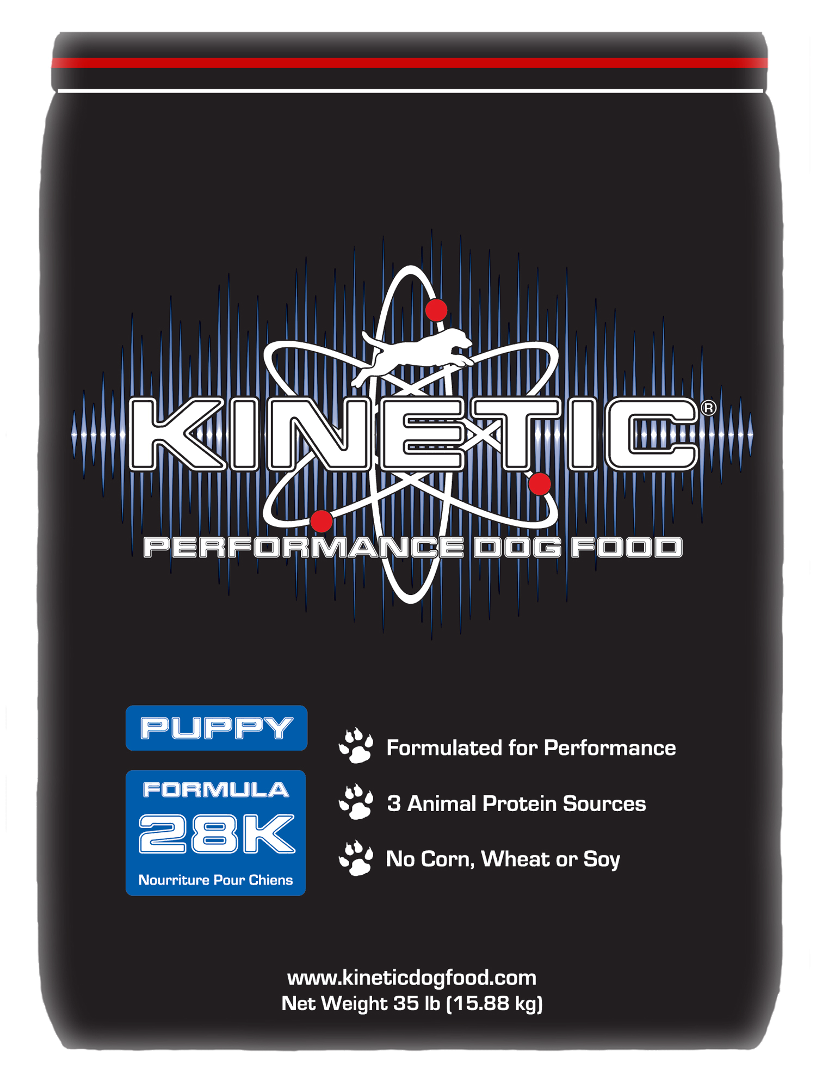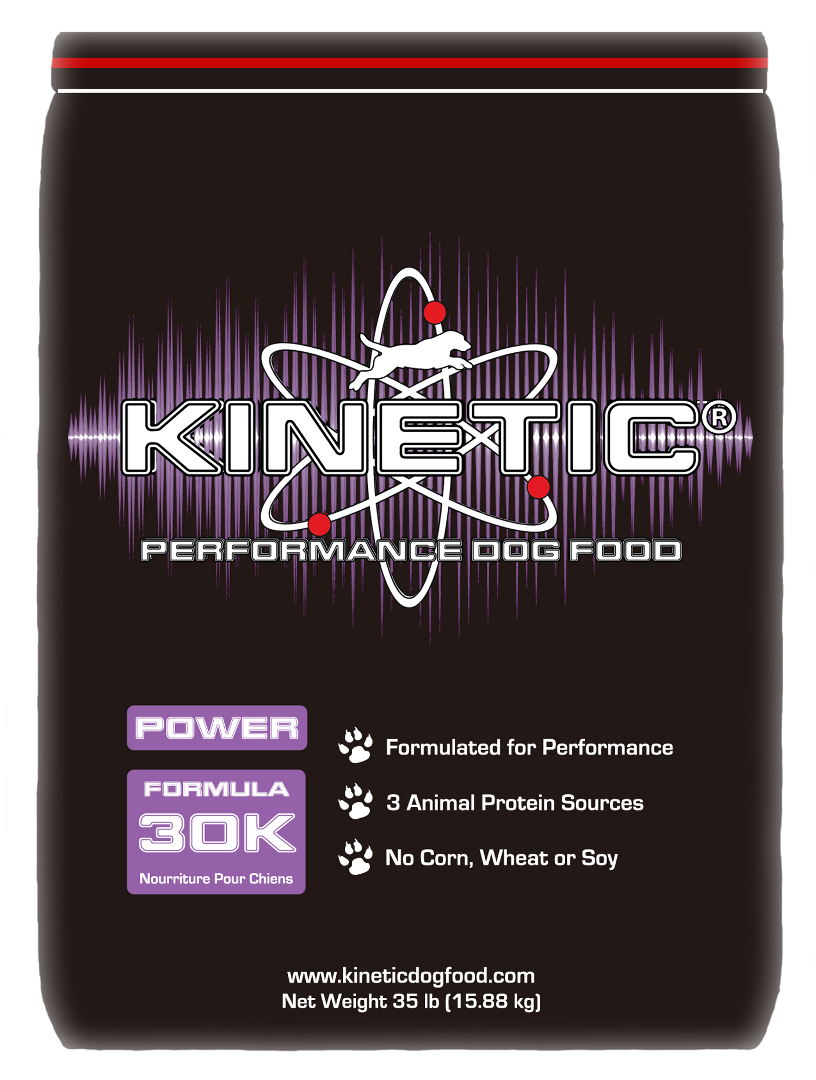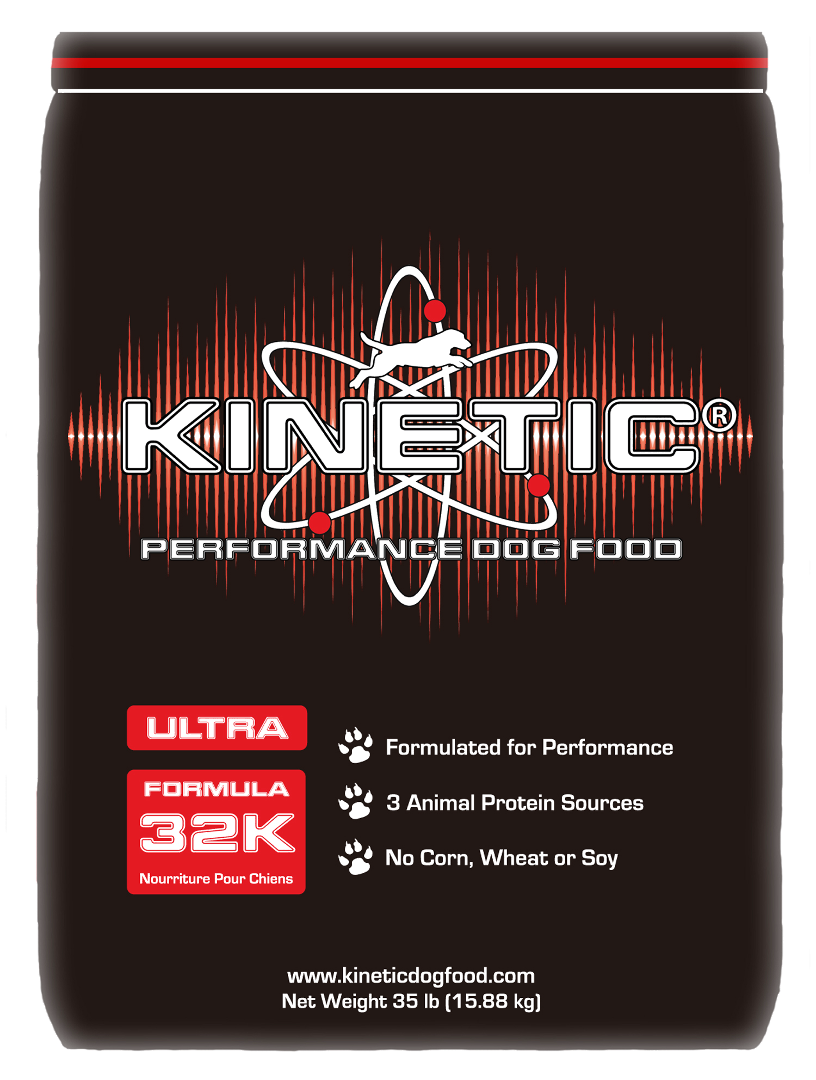The Four Phases of Canine Learning
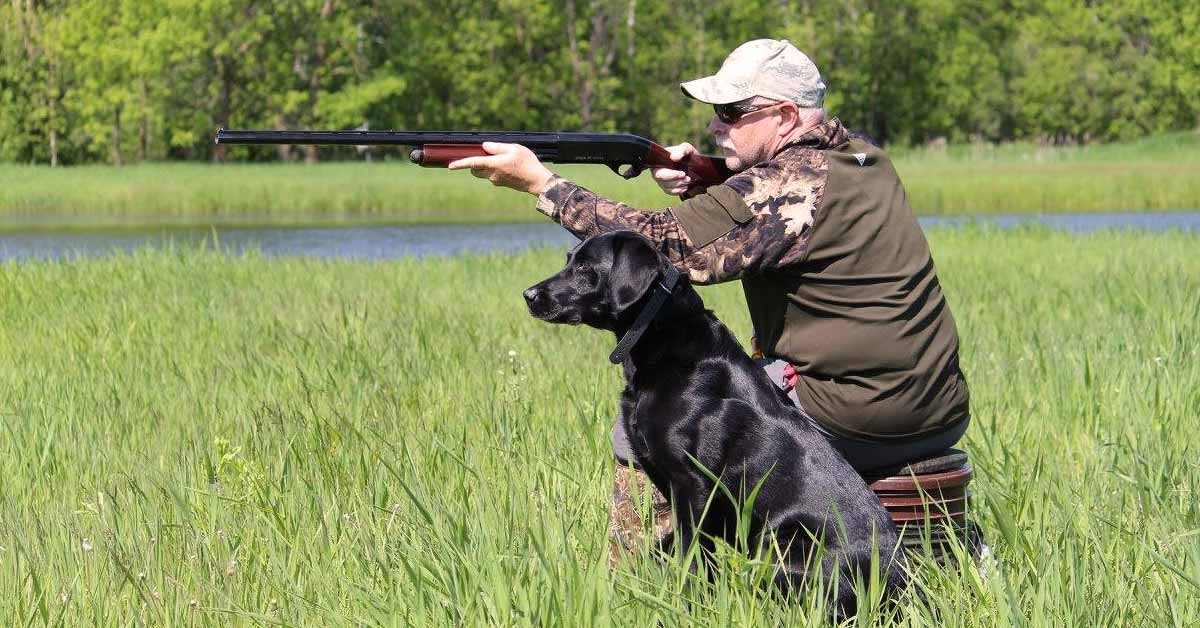
During my 35-year career as a teacher and a coach, I had to approach my work with students in different ways depending on what the learning task called for, teaching or training. Sometimes a task involved learning something new, and that was teaching. Sometimes it was performing a task to perfection, and that was training. How is teaching different from training?
As you think about developing a retriever that can work with you as a team both at home and in the field, you need to understand the 4-Phases of Learning. This is not just for learning involving humans, but for canines as well. This structure is the overarching scaffold in which you can build skills and abilities in your retriever. These phases have a specific sequence for implementation. You begin with acquisition, then move to fluency, generalization, and finally maintenance. Let’s look at them in some depth.
#1 - Acquisition
This first phase is more teaching than training. It’s about getting your dog to do what it is that you want them to apply later. For example, let’s say you have a bumper tossed on the ground about 35 yards in front of you. However, at about 20 yards between you and the bumper is a log laying on the ground. It is very natural for a dog to want to get to that bumper the fastest and easiest way he can. So running around that log, both going out and returning, is the way a dog thinks. However, you want him to run straight lines out and back… no cheating. So, you teach the dog that running around the log is never acceptable. The only way to go out and back is over the log. That’s acquisition of learning.
#2 - Fluency
A common refrain in the training world is “repetition is your friend, repetition is your friend, repetition is your friend”. Now that this learning is acquired, we repeat this action until the dog is taking your straight line out and back every time. We build a level of automaticity to the dog’s performance on this task. How many times do you need to do this to build fluency? There’s never a hard number placed on repetition. Some dogs may develop fluency in a day, others in several days, and other dogs in several weeks. Here is where you have to read your dog and determine if you’ve observed fluency. Basically, your dog needs to be performing the task with speed and accuracy.
#3 - Generalization
It’s one thing to jump over this one log in this one location, but what happens when there’s a different obstacle in a different location? What if you move farther back from the log, or place the bumper farther away from the log? Will your dog cheat the obstacle, or will they continue to take a straight line? If you go to a different location and the dog cheats, then they’ve not generalized this concept. If they go straight out and back on the return then they have reached this level. For example, let’s say the bumper is again thrown 35 yards away, but now between you and the bumper is the corner of a pond. Does the dog take the line through the water (out and back) or do they cheat the water and run around the end of the pond? De-cheating dogs on water is very challenging, but the goal now is to get the dog to do the same thing on water that was done with the log.
Again, remember that “repetition is your friend”. This training will put you to the test as a trainer. Do you stay calm and focused… simplify and clarify as needed to help your dog succeed? Or do you get angry and frustrated, thinking that your dog is doing this to you on purpose? To generalize a concept now involves application in many different contexts and used in many different ways. Just because something has been learned and applied in one setting, doesn’t mean it’s been generalized to all situations.
#4 - Maintenance
Have you ever heard this saying? “A novice handler always wants to train on advanced concepts. A veteran handler always wants to go back and train on basics”. We’ve all heard stories of human athletes considered to be the best in their sport that go back to polishing their fundamentals over and over again. That’s what makes them so great. They can apply these fundamentals flawlessly in any and all situations. Training dogs is very much the same. As you bring a dog along from the started level, through intermediate, and on to master levels, the complexity of the work does increase. However, the execution of fundamentals now becomes even more important when the work is more complex.
Without strong fundamentals, there’s almost no chance of success at master level retriever work. For example, I’ve heard trainers say that running a triple (a dog watches 3 birds go down in succession, and then works with the handler to retrieve them one at a time) is really just running three singles. So, if the critical fundamental is successfully running a single mark, then that’s what you must maintain to be successful at more complex levels. If you break it down even further, what are the critical fundamentals needed to run a successful single mark?
The earlier example of cheating on land or water is a major obstacle that can impede a dog's progress as a finished retriever. I’ve seen too many times a dog cheat around the cover or around water. After running around, and not going out in a straight line, they have lost perspective and the picture of where the mark is. Typically, bad things happen following cheating. Maintaining the behavior of lining is a critical fundamental for retrievers.
I’ve seen amateurs that try to implement a 3-Phase structure, and leave out maintenance, and it typically meets with disastrous results. Unless you maintain what you’ve taught and trained, it will disappear. That becomes a flaw in your training program. Just because your dog didn’t cheat the water last summer, it does not guarantee your dog will not cheat it this summer. Maintenance is critical.
Reflecting on Your Training
As amateur trainers, we guide and shape our dogs with what we actually do in the field when we’re training. Sometimes we need to step back and look at our training from a “birds-eye” view. Think about the work you’ve done with your dog (or are going to do with your dog). Reflect on the following questions.
- How have you incorporated the 4-phases of learning into your training?
- How will you use it in future training?
- How can you become a better retriever trainer by intentionally using these 4-phases of learning?
- How can you build a better dog by using these 4-phases of learning?
Using this approach, there's a pretty good chance that your next trained retriever could be your best trained retriever.

About Paul: Paul Agranoff is a member of Team Kinetic, an avid hunter and Retriever trainer, and the Central Region Director for the North American Hunting Retriever Association (NAHRA).




